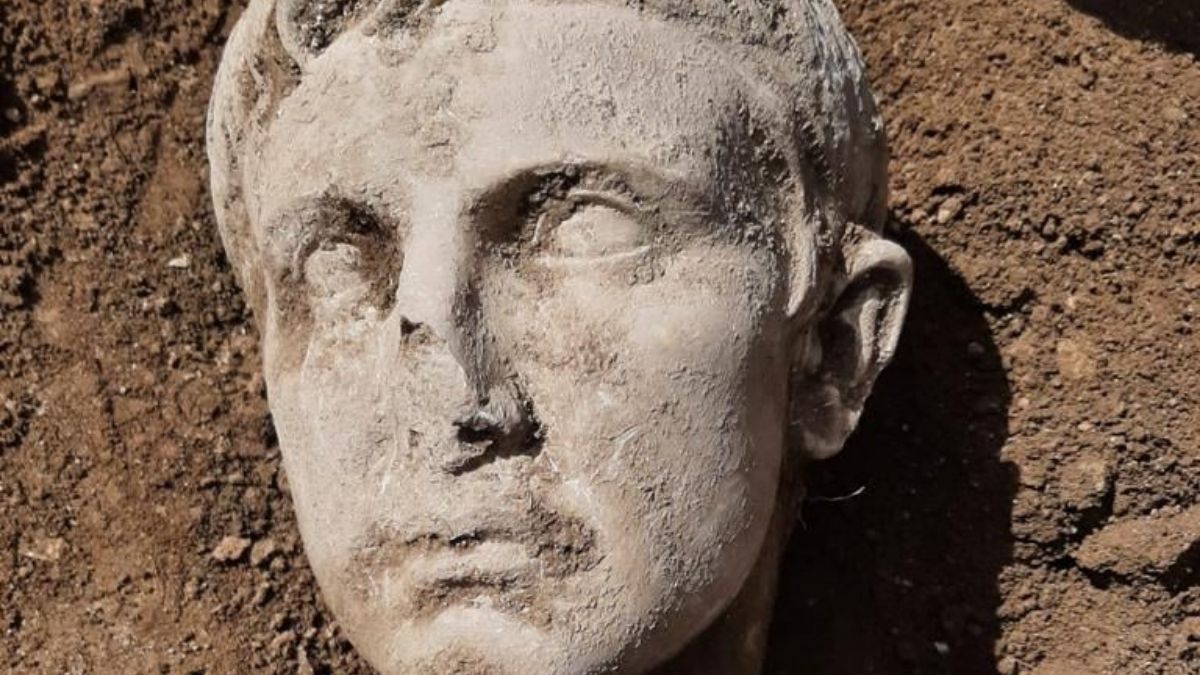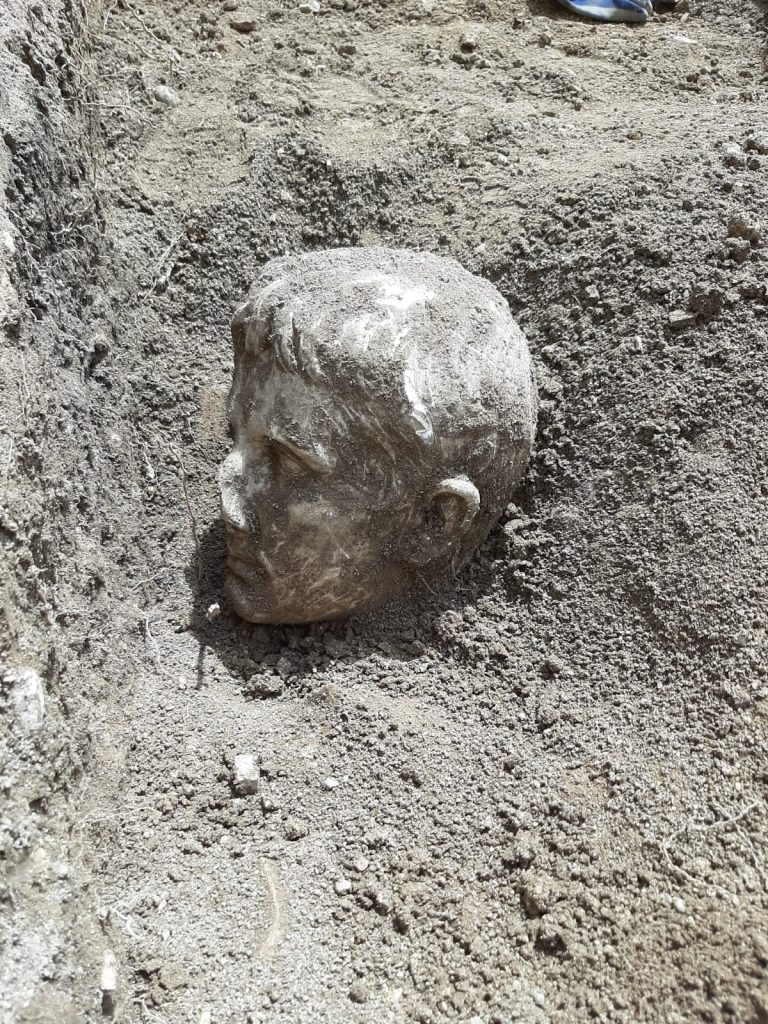An important archaeological discovery opens up a new scenario on ancient Rome and in particular on the relationship with the city of Isernia. Eight years after the start of the excavations after the collapse of the ancient walls, it was found, in a completely random way, a marble head depicting the emperor Augustus. The find was identified in via Occidentale, one of the two roads that surrounds the historic center of the city.
A marble head at the ancient walls of Isernia
The discovery was announced on the Facebook page of the Superintendence of Archeology, Fine Arts and Landscape of Molise who published the first shots. An important find after years of research and excavations and which now open the doors to numerous hypotheses. There are those who think that they are hidden under the ground the remains of an ancient temple of the imperial age, who instead another place of worship. To a local newspaper, Dr. Maria Diletta Colombo specified: "We will see, if a temple resurfaces behind the wall, everything will have to be rethought, to find new funding also from the Region. We hope that now we will proceed more quickly with these excavations which are very important: we are talking about stratigraphic excavations within the city of Isernia. Soon we may have some scientifically more certain news".
The project and archaeological investigations
The doctor then pointed out how the marble head is of excellent quality and the reasons that led to the discovery. It all started in the context of the reconstruction of the ancient walls. Eight years ago a violent storm was the cause of the collapse, an event which then led to an intermediate project criticized on several fronts.
"Until a few days ago it was thought to rebuild this portion of the collapsed wall. However, we could not do it by leaning it against a reinforced concrete piling as it is an area of high archaeological risk and it was necessary to carry out a preliminary check of what will eventually be drilled with the piling itself. - explained Dr. Colombo - therefore we have prescribed archaeological investigations with the idea of rebuilding the wall without the concrete piling and therefore with the need to lighten the ground to avoid a new collapse. This is where Augustus's head emerged: the reconstruction of the wall".
Skepticism about the discovery
Isernia was one Roman colony, then elevated to the rank of municipium. There are many remains of Roman civilization found and present in the city such as the aqueduct dating back to 2 thousand years ago, but which is still preserved in excellent condition. However, the discovery of the marble head was greeted with skepticism by some scholars.
Particularly Franco Valente, architect and art historian, has advanced some doubts regarding the attribution to the emperor Augustus: "If the other part of the statue is not found, it is absolutely useless to try to reach a definitive conclusion“, He explained in a long post on Facebook







